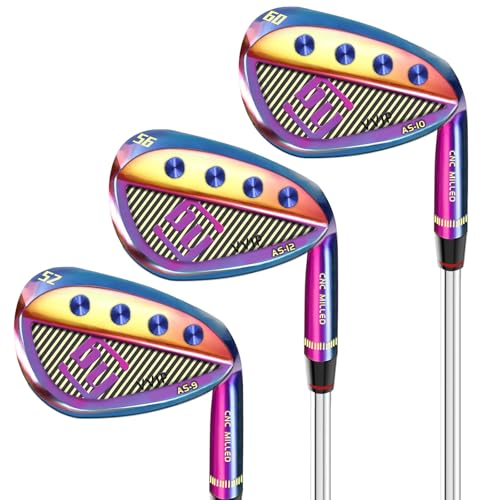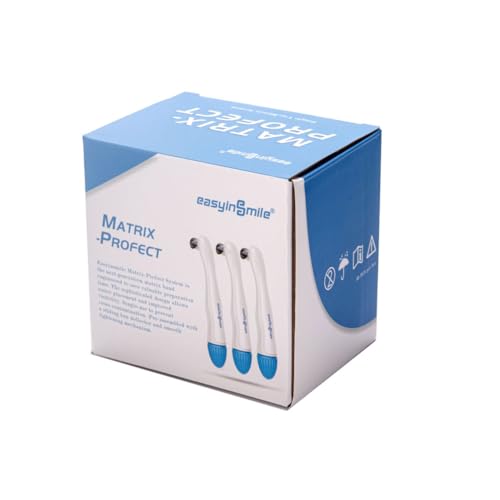
When it comes to golf, the game with a seemingly endless amount of equipment options, one question that often arises is whether a gap wedge is necessary. Golfers of all skill levels may find themselves debating the merits of adding an extra club to their bag. A gap wedge, typically ranging from 50 to 54 degrees of loft, is designed to fill the void between a pitching wedge and a sand wedge. But is it really necessary?
The argument in favor of a gap wedge is that it allows golfers to have more control over their distances and trajectory. With a gap wedge, players can better dial in their approach shots from the fairway or around the greens. This is especially important when faced with shots that require a specific yardage, such as hitting over a hazard or landing the ball softly on a tight pin. The gap wedge provides an extra degree of precision that can make a big difference in these situations.
On the other hand, opponents of the gap wedge argue that it is simply an unnecessary club that can clutter up a golfer’s bag. They believe that with proper shot selection and practice, golfers can achieve the same results with their existing clubs. Additionally, some argue that relying too heavily on a gap wedge can lead to a lack of versatility in shot-making, as golfers become overly dependent on this specific club for certain distances.
Ultimately, the decision of whether to carry a gap wedge is a personal one that depends on individual playing style and preferences. Some golfers may find that adding a gap wedge to their bag greatly enhances their game, while others may find it to be an unnecessary addition. It’s important for golfers to consider their own strengths and weaknesses and assess whether a gap wedge aligns with their overall strategy and goals on the course.
What is a gap wedge
A gap wedge, also known as an approach wedge or utility wedge, is a type of golf club that fills the gap between a pitching wedge and a sand wedge. It has a loft angle typically between 50 and 54 degrees, providing a shorter distance and higher trajectory compared to the other wedges.
The purpose of a gap wedge is to give golfers more versatility and control when hitting approach shots from a distance of about 100 to 120 yards. It allows players to make precise shots that require a higher degree of accuracy and finesse.
When to use a gap wedge: Golfers use a gap wedge when the distance is too short for a pitching wedge but too long for a sand wedge. It is especially useful when golfers want to control the trajectory and spin of the ball, or when faced with obstacles such as bunkers or water hazards.
Key features of a gap wedge: Gap wedges have a similar design to other wedges, with a thick, lofted face and a shorter shaft length. They typically have a higher bounce angle, which helps prevent the club from digging into the turf and provides more forgiveness on shots played from different lies.
Choosing the right gap wedge: When selecting a gap wedge, golfers should consider the loft angle that best complements the rest of their iron set. The goal is to have consistent distance gaps between clubs to ensure proper yardage coverage. Golfers should also consider the type of turf conditions they typically play on and choose a wedge with an appropriate bounce angle.
In conclusion, a gap wedge is a valuable club for golfers wanting to improve their approach shots and achieve more precise control over their distances. It fills the gap between a pitching wedge and a sand wedge, offering greater versatility and accuracy on shots from a variety of distances.
Advantages of using a gap wedge
A gap wedge, also known as an approach wedge or utility wedge, is a versatile golf club that is designed to bridge the distance gap between a pitching wedge and a sand wedge. Here are some advantages of using a gap wedge:
1. Increased control: The gap wedge allows golfers to have better control over their shots, especially when they need to hit with precision from a distance between 80 and 120 yards. The gap wedge is designed to offer a higher level of accuracy and consistent trajectory, making it easier to hit approach shots close to the pin.
2. Improved distance control: With a gap wedge in your bag, you can fine-tune your distance control. This club provides an additional option when you need to hit a shot that is shorter than a full swing with a pitching wedge but longer than a typical sand wedge shot. Having a gap wedge in your arsenal allows you to have more control over your shots and gives you the confidence to hit with precision.
3. Versatility around the greens: The gap wedge is not only useful for approach shots, but it is also a valuable asset around the greens. Its design allows for increased bounce and loft, making it easier to get the ball up quickly and stop it on the green. Whether you need to hit a high floater or a low pitch, the gap wedge can deliver the right trajectory and spin to help you execute different shots effectively.
4. Fill distance gaps in your set: The name “gap wedge” itself indicates its purpose – to fill the gap between other clubs in your set. It provides a smooth transition in terms of distance control between the shorter irons and the higher lofted wedges. Without a gap wedge, golfers may have to make adjustments to their swing or use a club not suited for the distance, resulting in inconsistent shots.
In conclusion, a gap wedge offers numerous advantages for golfers of all skill levels. Its versatility, control, and ability to bridge the distance gap make it an essential tool in the bag for those looking to improve their approach shots and overall performance on the course.
When to use a gap wedge
A gap wedge is a versatile golf club that bridges the yardage gap between the pitching wedge and the sand wedge. It is typically used for approach shots when the player is too close for a full swing with a pitching wedge, but too far for a controlled shot with a sand wedge.
One of the main situations where a gap wedge is useful is when the player is faced with a distance that is too long for a pitching wedge, but too short for a full swing with a sand wedge. This can occur when the player is trying to hit a shot from around 90 to 110 yards away from the green. Using a gap wedge in this situation allows the player to control the distance and trajectory of the shot more effectively.
Another scenario where a gap wedge can be beneficial is when the player needs to hit a high shot that needs to land softly on the green. Because a gap wedge typically has more loft than a pitching wedge, it is easier to get the ball to stop quickly on the green. This can be particularly advantageous when the pin is located at the back of the green and the player needs to carry the ball over an obstacle, like a bunker or water hazard.
In addition to these specific situations, a gap wedge can also be used for a variety of other shots around the green, such as chipping or pitching from a tight lie. Its versatility makes it a valuable club to have in the bag for any golfer.
Alternatives to a gap wedge
If you don’t have a gap wedge in your golf bag or are looking for alternatives to using one, there are a few options you can consider:
1. Pitching Wedge
The pitching wedge is a versatile club that can be used for a variety of shots, including those that would typically be played with a gap wedge. It usually has a loft between 44-48 degrees, making it a good option for shots that require a higher trajectory and more control.
2. Sand Wedge
The sand wedge is designed to help players escape greenside bunkers, but it can also be used for shorter approach shots. It typically has a higher loft, around 54-58 degrees, which can make it a suitable alternative to a gap wedge for certain shots.
3. Utility Wedge
A utility wedge, also known as an “AW” or “approach wedge,” is a club that bridges the gap between your pitching wedge and sand wedge. It usually has a loft between 50-52 degrees, making it a good option for shots that require a moderate loft and distance control.
4. Adjusting the Lofts of Other Clubs
If you don’t have a gap wedge or any of the alternative options mentioned above, you can adjust the lofts of your other clubs to achieve a similar effect. For example, you can deloft a pitching wedge or add loft to a sand wedge by adjusting the club’s lie angle.
Ultimately, the choice of whether a gap wedge or an alternative is necessary depends on your playing style, the specific shots you commonly encounter, and your personal preferences. Experimenting with different clubs and lofts can help you find the setup that works best for your game.






